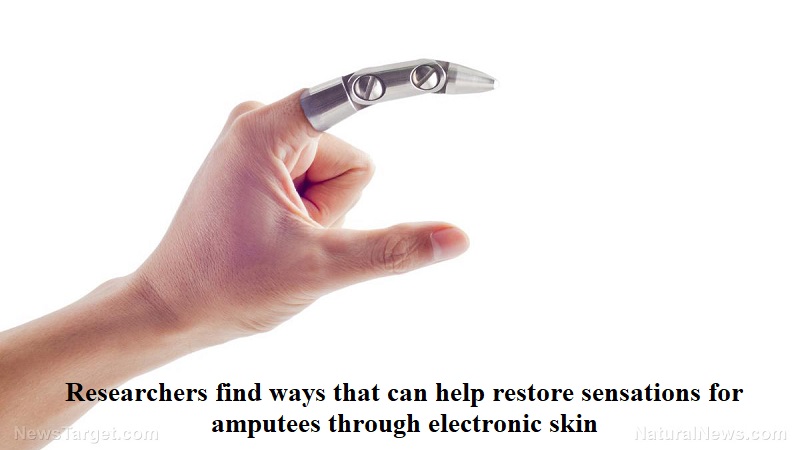
Researchers at Stanford University’s Bao Research Group have made an important discovery that could help amputees regain sensations through electronic skin. The human skin contains mechanoreceptors capable of sensing delicate stimuli such as the weight of a butterfly or the temperature of nearby objects. However, people with prosthetic limbs often miss out on these sensations. The newly developed electronic skin aims to restore these sensations for amputees.
The breakthrough e-skin, created by the Bao Research Group, is soft, flexible, and can mimic the natural reactions of a finger or toe. It can generate electrical signals that mimic nerve impulses and transmit them directly to the wearer’s brain. This technology holds great promise for the development of prosthetic limb coverings that provide sensory feedback, allowing wearers to feel pressure, strain, and changes in temperature.
Unlike previous attempts, this electronic skin uses soft integrated circuits to convert sensory information into electrical signals. The goal is to enhance control and provide sensory feedback for amputees using prosthetic limbs. In an experiment conducted on a rat, the e-skin was connected to the rat’s somatosensory cortex, which processes physical sensations. When the electronic skin was touched, it generated an electrical signal that traveled to the brain, then through an artificial synapse to the rat’s sciatic nerve, resulting in a twitching motion of the limb.
The researchers aim to develop a less invasive system that does not require implantation into the brain. They envision an implant in the peripheral nervous system for individuals who have lost their limbs. Currently, the e-skin needs to be wired to an external power source, but the researchers hope to develop a wireless device in the future. The new e-skin operates on just 5 volts and can detect stimuli similar to real skin.
The development of this soft electronic skin represents a significant step toward restoring sensations for amputees and improving their quality of life. The research team’s ultimate goal is to create a prosthetic limb covering that can replicate the natural sensations and responses of human skin, providing a transformative solution for amputees.

Post Your Comments